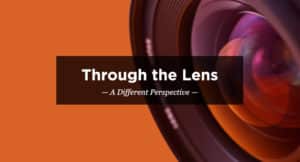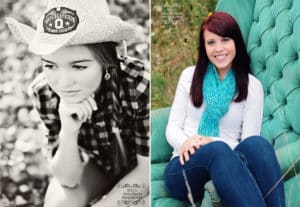Through the Lens: A Different Perspective on Portraits
March 27th, 2013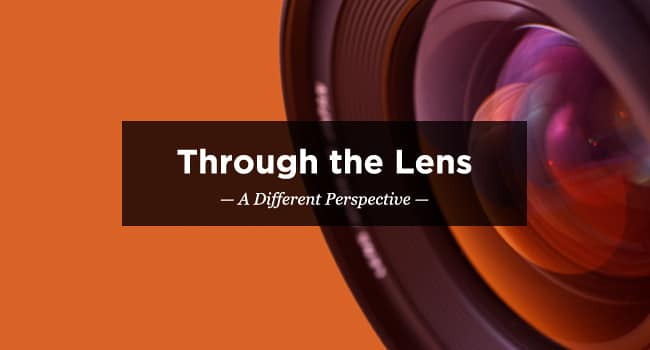
Being a company that specializes in providing solutions, tools, and information for photographers we focus mainly on what happens behind the lens. This article, the first in an ongoing series, aims to broaden this horizon. Each article will have a unique, and somewhat whimsical, insight into an area of photography that you may have not considered before. We hope you enjoy them and welcome your comments.
Don’t call me paparazzi. Not only would it be extremely unfair, but it would be incorrect as well. Strictly speaking, paparazzi run around taking pictures of celebrities, whereas for me they always (well, almost always) sit or stand patiently and allow me to take their shots. But I’m getting a little ahead of myself.
When I’m taking my shots, my goal is to capture the subject in their most basic, pure state. To accomplish this I have a set of rules that are absolutely ironclad. They are:
1. I choose the time and place when the shot is taken. This means you have no prep time to look good or get gussied up for the camera. What you see is what you get.
2. I only take one shot, facing forward and looking directly at the camera. There is no hiding from my lens. My sole purpose is capturing your image in a pure form. Depending on the circumstance I may take a profile as well, but again, I decide if I want the profile or not.
3. No posing. I’m not taking yearbook photos, holiday card photos, or portraits.
4. Only one subject at a time. When I’m taking a shot I don’t want anyone or anything to distract from the focus on you.
5. This one surprises most of my subjects, but you can smile if you want. However, I have found that when I enforce my previous rules few of my subjects choose to do so.
One of the first shots I took that became really well known was a black and white of Frank Sinatra. Though only 23 years old at the time, he already sported the dark suit and light shirt that he would always be found in throughout his heyday in Vegas. He also has the slightest bit of smirk that almost seems to say, “I can get away with anything.” Even though I’d taken countless shots before, it was this one that really set me on my way.
From here I worked across the country, taking more shots than I care to remember. As often is the case, the majority of these were mundane in nature and not really worth public review. Then came the ‘60s and suddenly I became the it place to get your shot taken. Something about the turbulent nature of that time drove everyone from rock stars to celebrities to seek out my lens. In ’61 I captured a young Al Pacino on his way to an acting gig. In the shot his shirt collar is sticking straight up, marking perhaps the first time someone popped their collar in a photo.
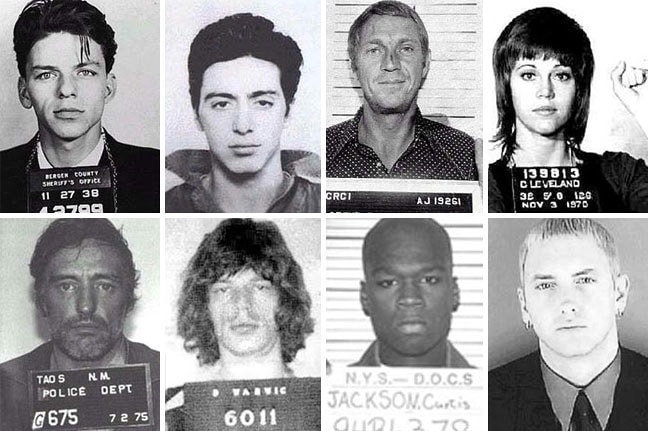
Despite the rules that I outlined above, I also allowed a couple of gestures in my shots that I never would permit today. One was a peace sign and the other a closed, clenched fist in a symbol of rebellion. The subjects were Steve McQueen and Jane Fonda, and it might surprise you to know McQueen was the one throwing the peace sign.
Other rebels of that time that I captured include Dennis Hopper, Mick Jagger, and Jim Morrison. The shots that I took of Jagger and Morrison have since gone on to become popular posters found on dorm room walls around the country. Lest you think my best days are behind me, my work with musicians has continued to this day and includes shots of 50 Cent, Eminem, George Clinton, Willie Nelson, Flavor Flav, Vanilla Ice, Snoop Dogg, P. Diddy, Marilyn Manson, James Brown, Amy Winehouse and the King of Pop himself, Michael Jackson.

My work hasn’t been exclusively limited to musicians. In fact, my shots of actors have become news in and of themselves. My work with Robert Downey Jr. captured his struggle with substance abuse, and the ones of Heather Locklear and Charlie Sheen created an interesting timeline of their personal strife. And no one will ever forget my shots of O.J. Simpson, which perhaps mark the last time public images of him still elicited feelings of sympathy.
As I stated above, since I choose the time and place of your shot, when I come you won’t always be ready. In my opinion, no images better convey this than the shots I took of Nick Nolte and Hugh Grant. With his ridiculous hair, the shot of Nolte spread like wildfire and became a favorite of late night talk show hosts in their monologues. The same goes for the shot of Grant – you can so clearly see his discomfort in the image, it’s almost like he’s trying to get away. But, unfortunately for you, by the time you’re in front of my lens it’s too late to get away.
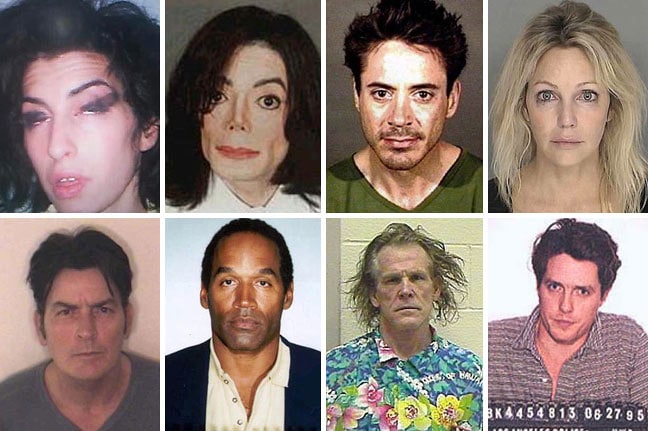
Scheduling a time to have your photo taken by me is both difficult and easy at the same time. There’s no website to visit, agency to contact, or number to call (well, maybe 911). Simply break the law and get arrested. Before you know it, the local police department will have you lined up in front of my lens and you’ll be the one getting a mug shot. Who knows, in time maybe even it will become famous.
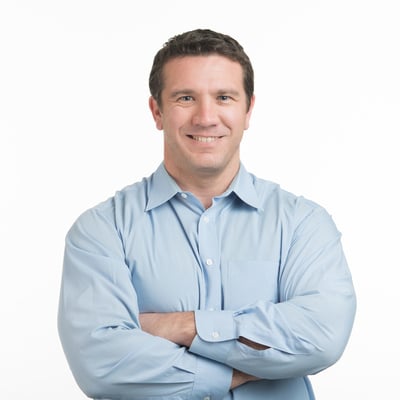
Peter Urbick has over a dozen years experience as a professional writer and manages all aspects of content for Zenfolio. He enjoys travel photography and still marvels that he has gone from working in a dark room developing high school sports photos to working at Zenfolio. A native of Washington state, his die-hard enthusiasm for all Seattle sports teams amuses the rest of the office.

